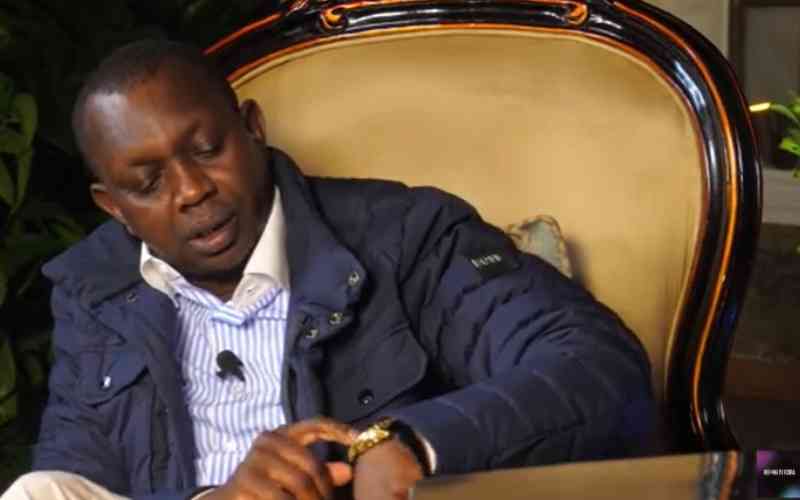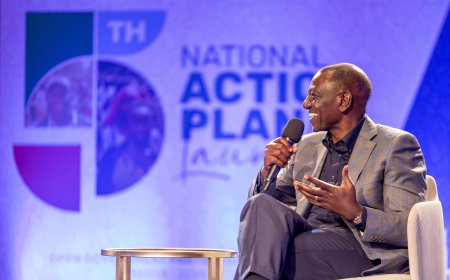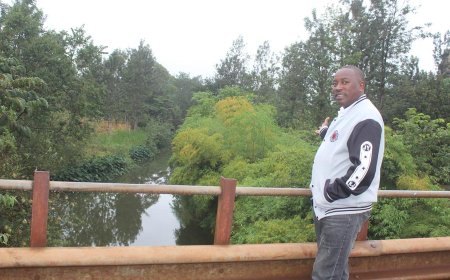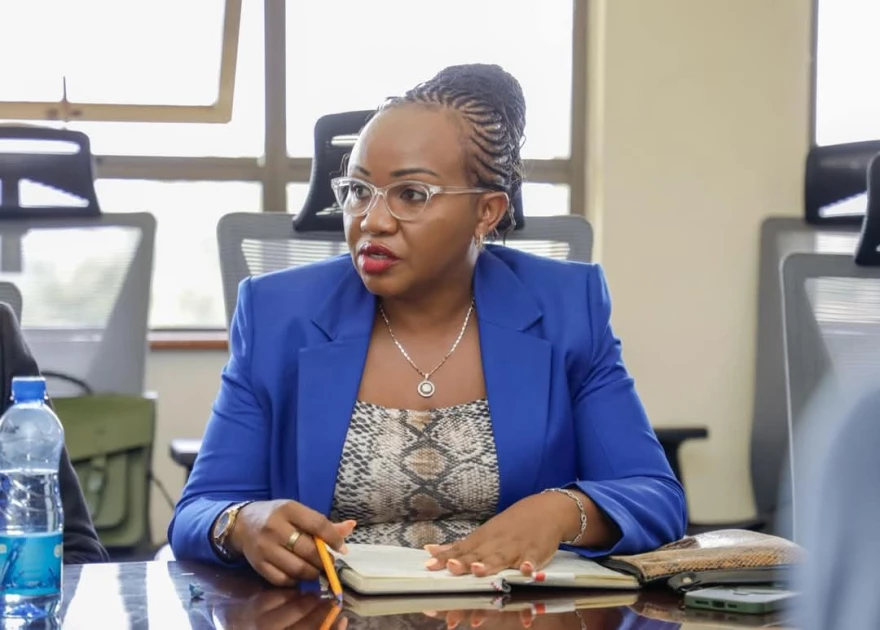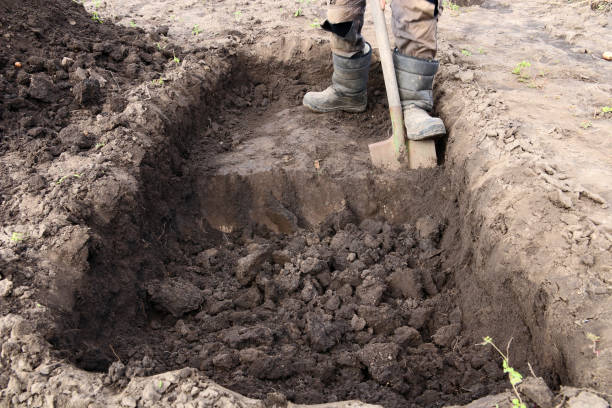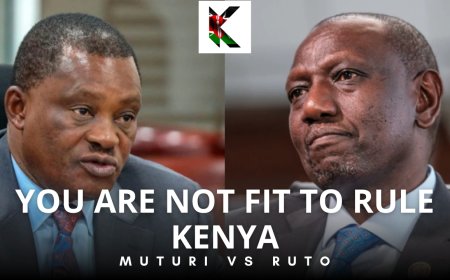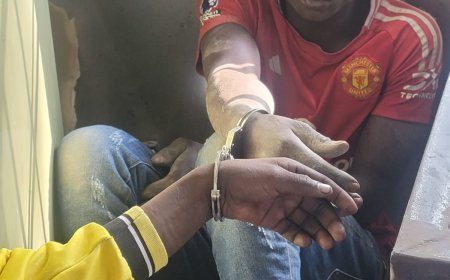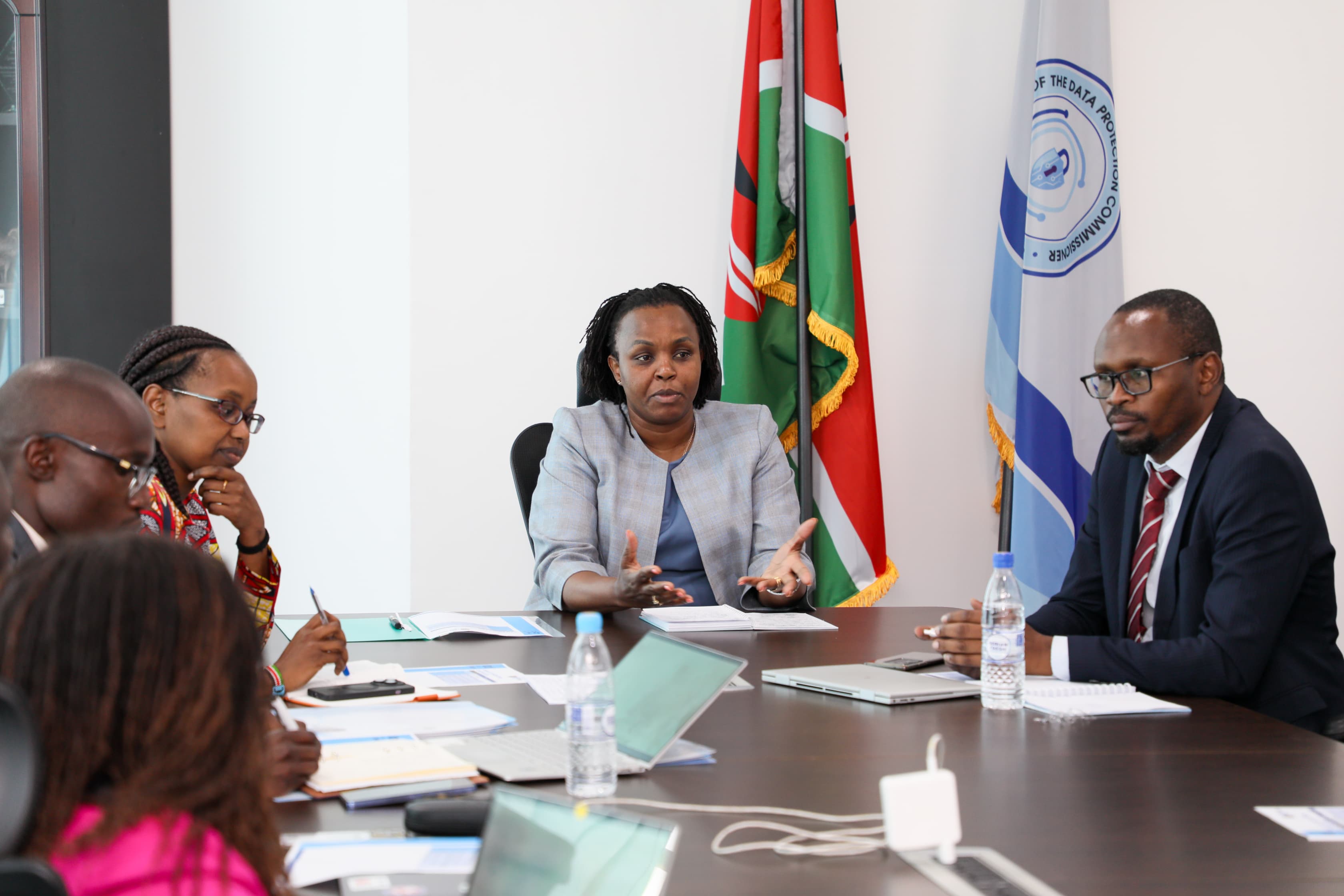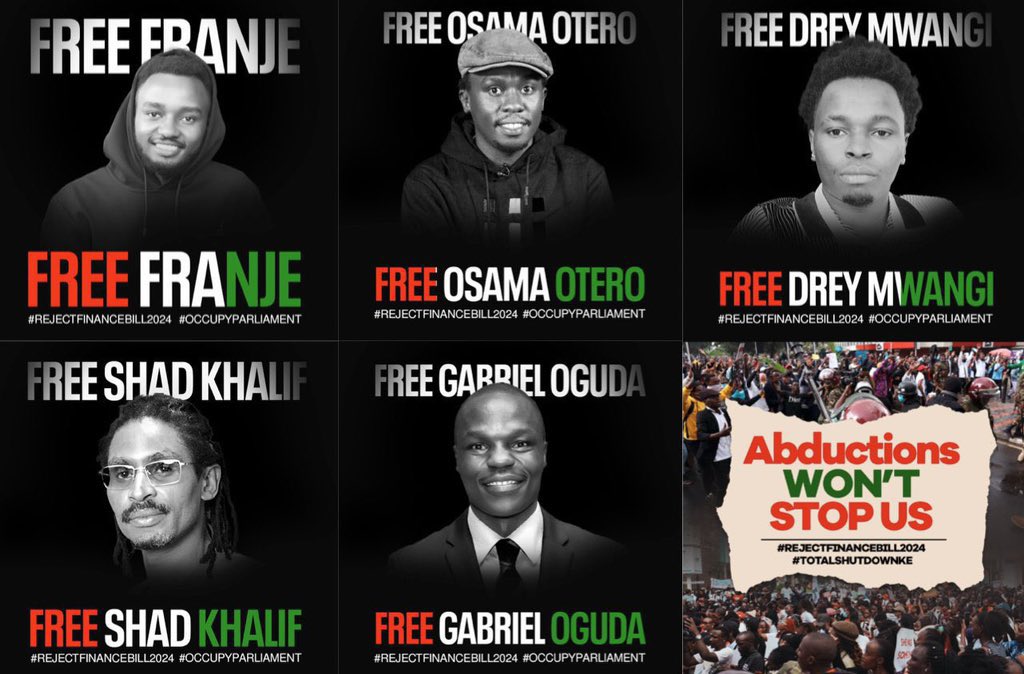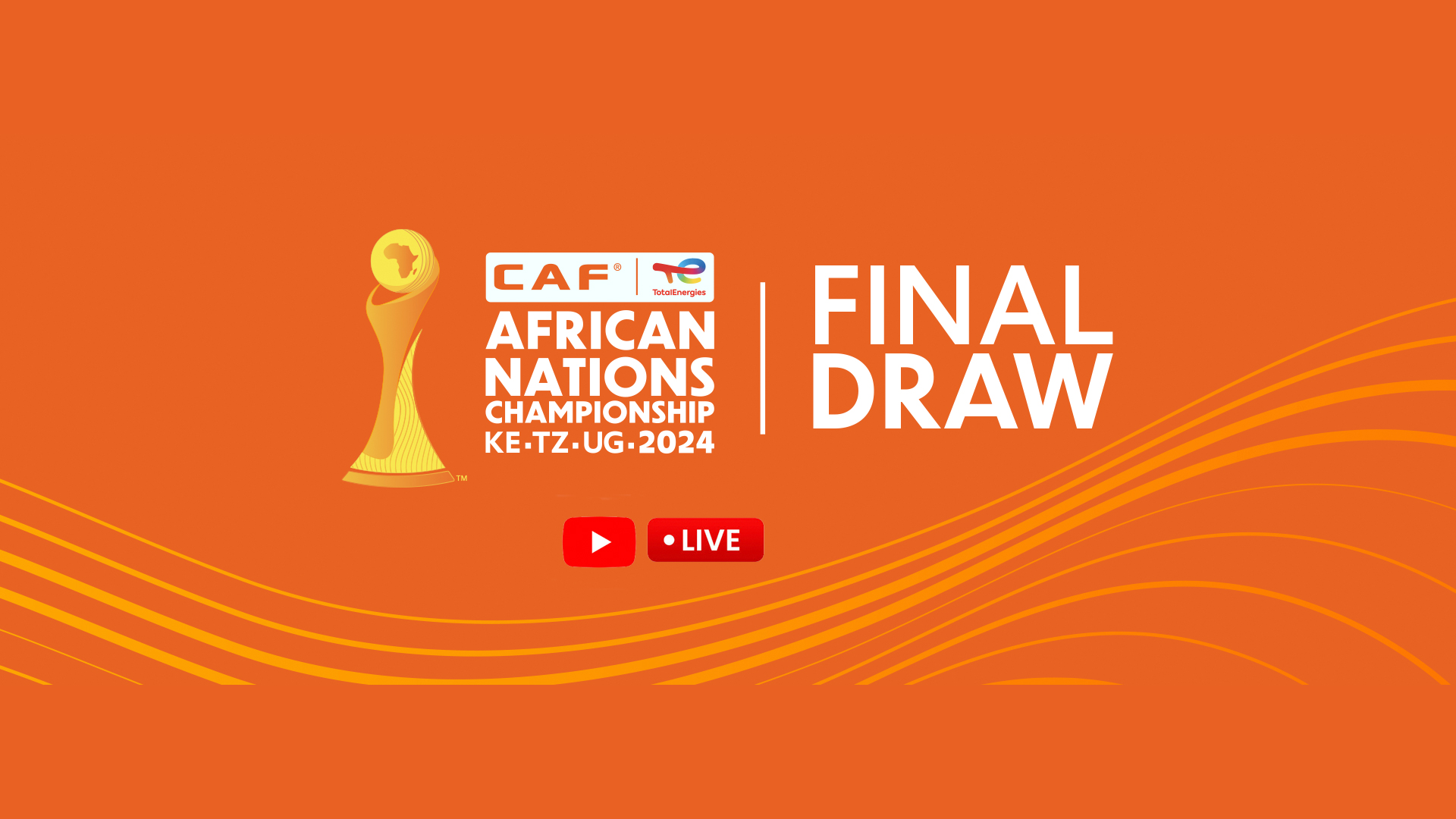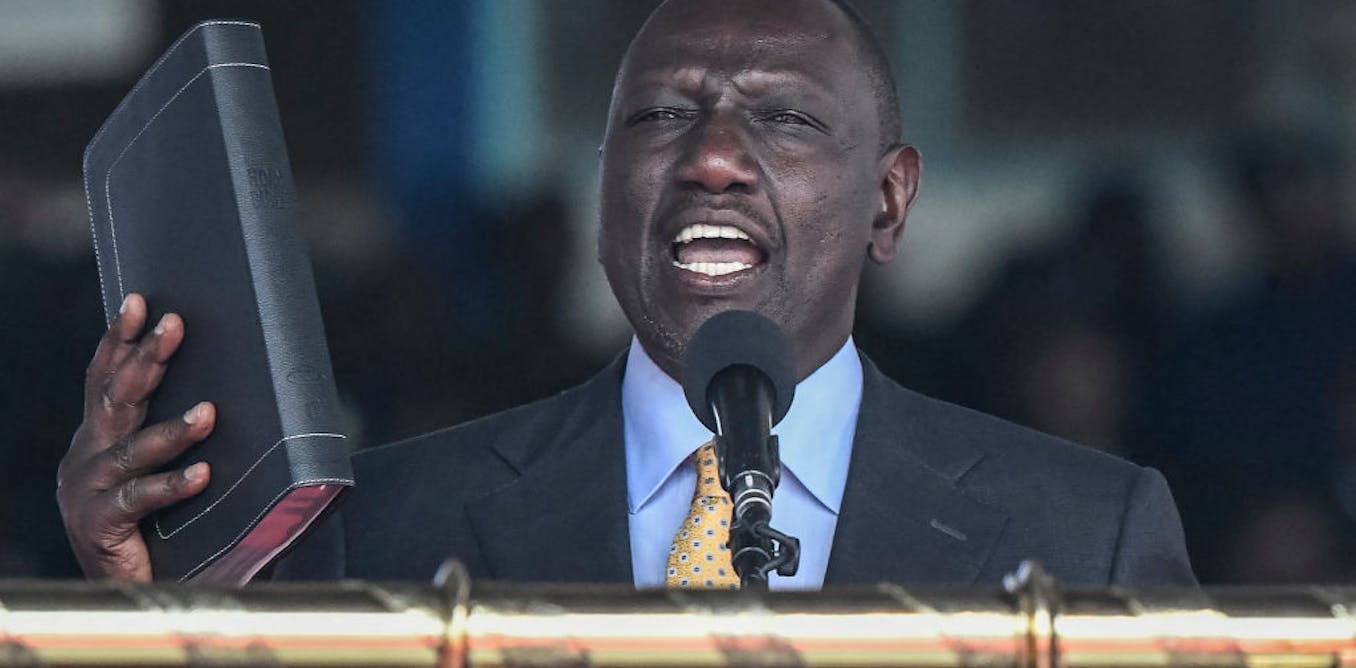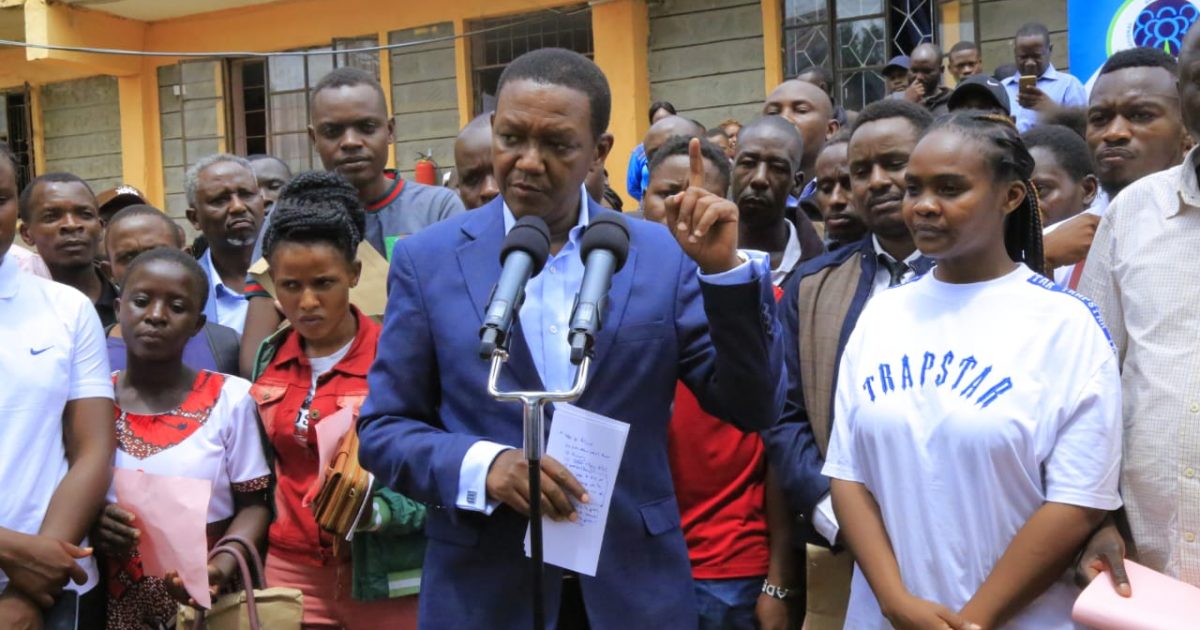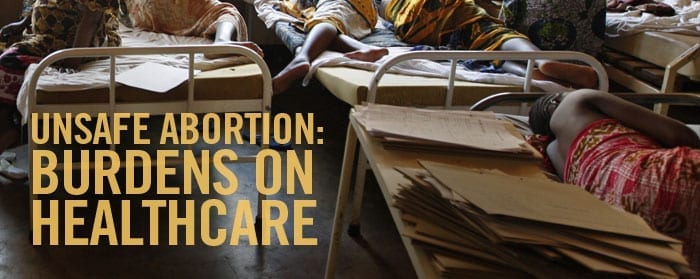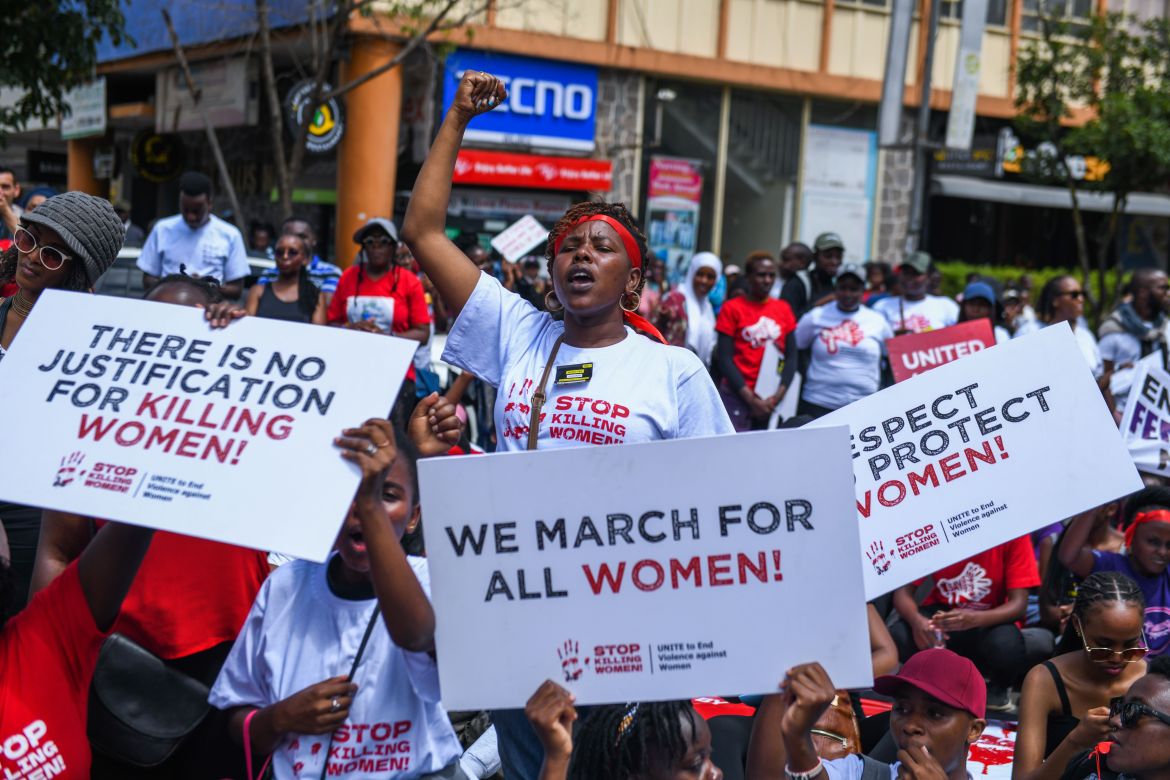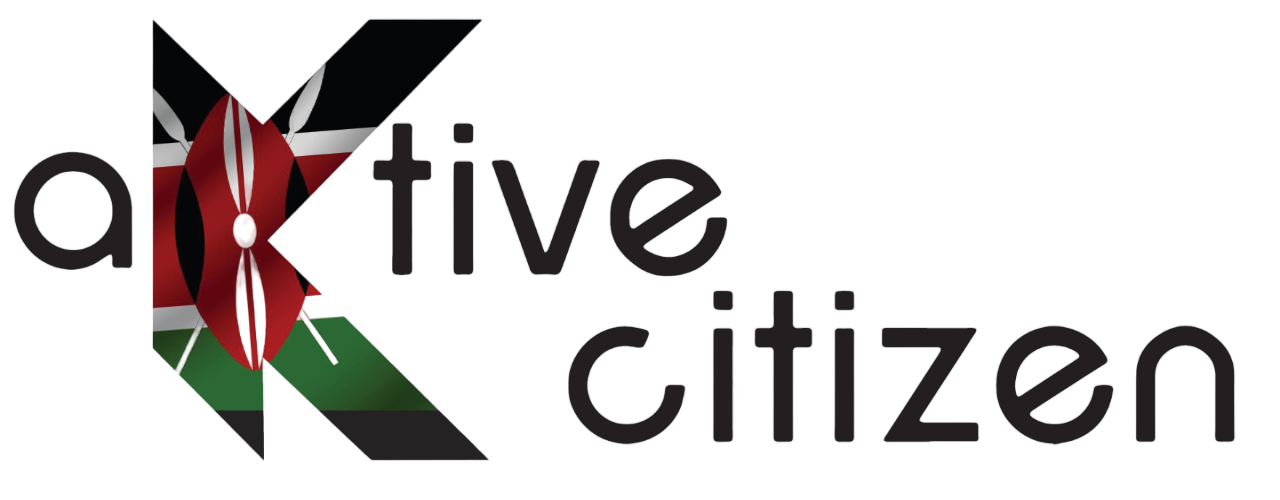M23 Rebels: The Unyielding Firestorm in Eastern Congo
Explore the resurgence of M23 rebels in the Democratic Republic of the Congo. Learn about their origins, causes of conflict, regional impact, and the potential future if no truce is reached. The humanitarian crisis worsens as tensions rise within the East African Community.
Eastern Congo has long been a battleground for various armed groups, but few have left as lasting an impact as the March 23 Movement (M23). Named after a failed peace agreement signed on March 23, 2009, M23 has resurged multiple times, shaking the already fragile stability of the Democratic Republic of the Congo (DRC). As of 2025, their renewed offensive threatens not only millions of civilians but also regional stability within the East African Community (EAC).
The conflict traces its roots to the formation of M23 in 2012 by former members of the National Congress for the Defence of the People (CNDP), a Tutsi-led rebel group. Their rebellion stemmed from the Congolese government’s failure to uphold the 2009 peace agreement, which promised to integrate CNDP fighters into the national army and protect ethnic minorities in eastern DRC.
M23 claims to fight for the rights of the Congolese Tutsi population, citing threats from Hutu rebel groups that fled into DRC after the 1994 Rwandan Genocide. However, many see M23 as more than a rebel movement—it is a well-armed militia with regional backing, particularly from Rwanda, which has long been accused of supporting their operations.
Several factors have fueled M23’s resurgence and continued violence in North Kivu, including broken promises from the Congolese government, ethnic tensions, regional rivalries, and control over natural resources. M23 has taken over strategic areas rich in minerals like coltan, which is used in electronic devices, providing it with significant revenue.
The group first gained international attention in 2012 when it captured Goma, the capital of North Kivu province. Under diplomatic pressure, they withdrew after 10 days but were never entirely defeated. The group resurfaced in 2022, launching another offensive that saw them seize several key towns, including Rubaya, a vital mining hub. By 2025, they have expanded their reach, again capturing Katale, Masisi, Minova, Sake, and parts of Goma.
Conflict in eastern DRC is closely tied to natural resources, and M23 has been no exception. The group makes an estimated $800,000 per month through taxes on coltan mining and trade. The mineral-rich lands of eastern DRC have long been a battleground for both local and foreign interests, making peace even more elusive.
The US, UN, and African Union have all called for peace talks, but mistrust between the DRC and Rwanda remains high. Sanctions have been imposed on individuals linked to M23, but enforcement has been weak. International peacekeepers continue to struggle against the well-funded and organized militia.
If a truce is not reached, several scenarios could unfold, including escalation into a regional war, a worsening humanitarian crisis, and continued resource exploitation. Rwanda and the DRC could be drawn into direct military conflict, destabilizing the region. More civilians will be displaced, and violence will escalate. Armed groups and foreign interests will continue benefiting from Congo’s vast minerals at the expense of its people.
The M23 conflict is not just a Congolese problem—it has regional and global implications. A lasting solution requires genuine political will, economic reforms, and a commitment to diplomatic resolutions. Without these, eastern DRC will remain trapped in a cycle of war, displacement, and suffering. The world must act before it’s too late.
What's Your Reaction?








